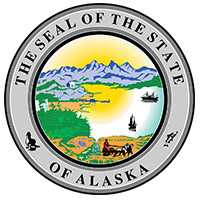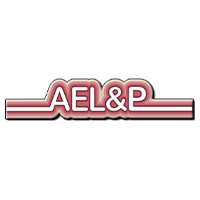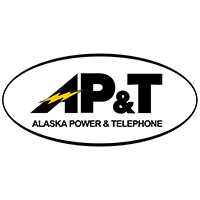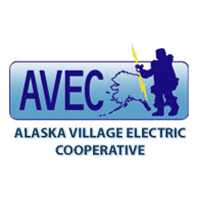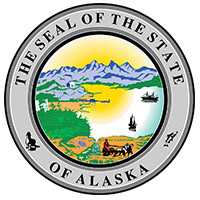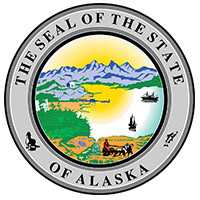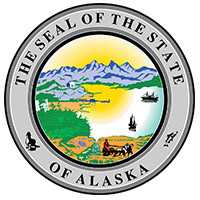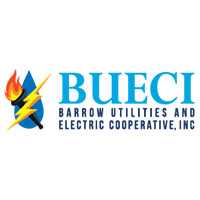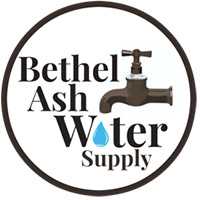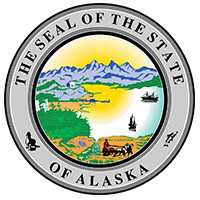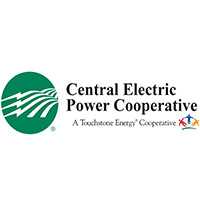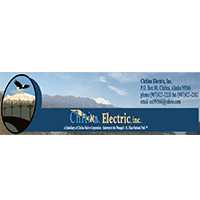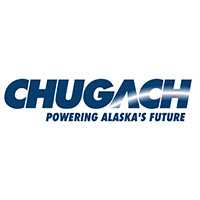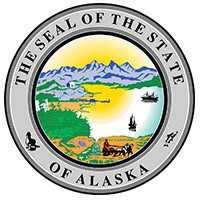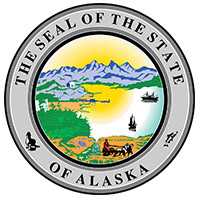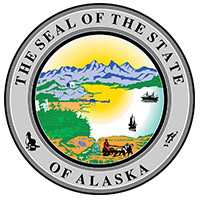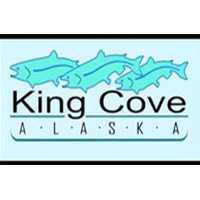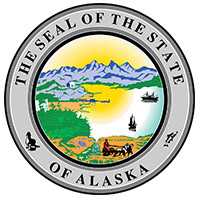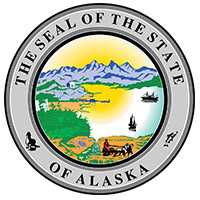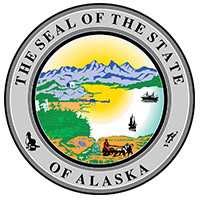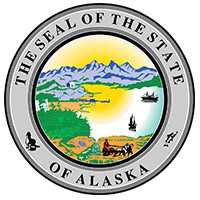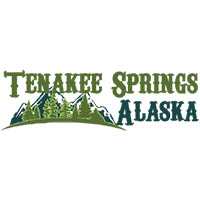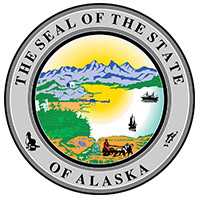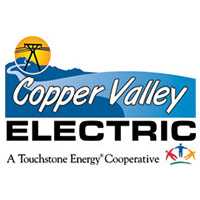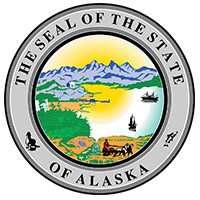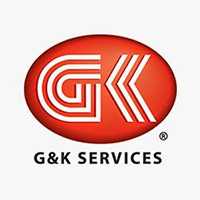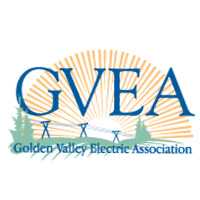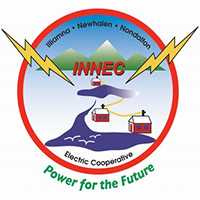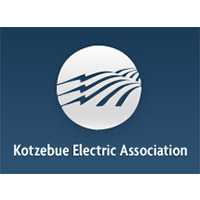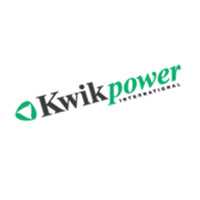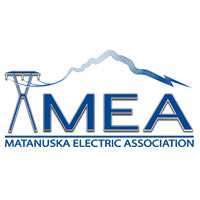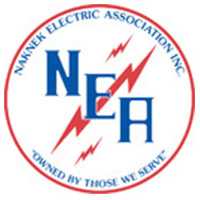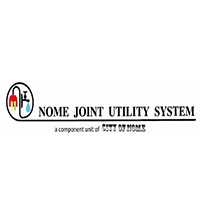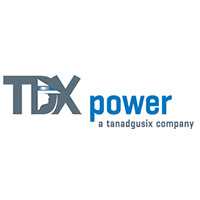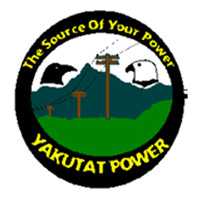See how much it will cost to install solar panels for your home in Alaska


Our estimates used by





Solar power in Alaska
Last fact-checked on January 19, 2023, by Catherine Lane
There is some room for improvement when it comes to solar power in Alaska. There are almost no state-based or utility-based incentives for installing solar. This could be attributed to the state lacking a renewable portfolio standard, which is the driving force in many other states to create solar rebates and incentives.
On the bright side, Alaska has a statewide net metering policy, so residents who install solar on their homes will receive compensation for the excess energy their solar system produces.
Additionally, Alaskans can take advantage of the 26% federal tax credit.
Compare solar quotes from the top solar companies in Alaska
Alaska solar power facts
$2.84 watt
Average cost: 5kW solar power system
?13 Years 4 Months
Average payback time
$22,011
Average lifetime savings
?10¢ kWh
Levelized cost of solar energy
26¢ kWh
If you don't get solar
?8,166 kWh
Annual power production
Cash flow graph based on cash purchase of a 12.45kW system
This 12.45kW system would offset 100% of your energy usage if your typical monthly bill in Alaska is $98, however, your situation may vary so try our solar calculator to get a result tailored to you.
2
Solar companies in Alaska that provide pricing through the Solar-Estimate marketplace.
How much can solar panels save you in Alaska
Average total cost of solar panel installation in Alaska
| System Size | Cash purchase After 30% solar tax credit |
Financed purchase After 30% solar tax credit |
|---|---|---|
| 3kw | $6,342 | $6,849 |
| 4kw | $8,204 | $8,860 |
| 5kw | $9,940 | $10,735 |
| 6kw | $11,592 | $12,519 |
| 7kw | $13,083 | $14,130 |
| 8kw | $14,448 | $15,604 |
| 9kw | $15,687 | $16,942 |
| 10kw | $16,800 | $18,144 |
How much do solar panels cost in Alaska?
$2.84 per watt
Cash purchased solar system
Before 26% solar tax credit
$3.70 per watt
Financed solar system
Before 26% solar tax credit
$0.0¢ /kWh
Lease/PPA
Ave 15 year term, 2.5% price escalator
What are the pros and cons of installing solar panels in Alaska?
The advantage of installing solar panels in Alaska is the state’s net metering policy. Also, one of Alaska’s utilities, Golden Valley Electric Association, offers a buyback program where customers can sell all of the electricity their system produces back to the utility. Alaska also has some of the highest electricity prices in the nation, so the amount that residents can save by going solar is huge.
The disadvantage of installing solar panels in Alaska is that there is very little in the way of state-based and utility-based incentives. Also, Alaska does not have a renewable portfolio standard, so the state has not established goals to increase the amount of energy they derive from renewable sources. Additionally, Alaska receives less sunlight than other areas of the country, so a solar system here will produce less than it would in a sunnier state, like Arizona.
However, the combination of net metering and the 26% federal tax credit still creates an opportunity for great savings. The best time to make the switch to solar in Alaska is now!
Best solar companies in Alaska
Find local city information
Find local information for cities in Alaska
Compare solar quotes from the top solar companies in Alaska
How much electricity will solar panels produce in Alaska
Solar panels produce different amounts of energy in different locations.
Around the Juneau area solar panels installed on a south-facing 30-degree pitch roof will typically produce:
769kWh
per year per 1kW of peak DC
(direct current) capacity
For more information about how your location, roof direction, and roof tilt affects solar power production use the solar panels calculator and enter your zip code.
I want to buy a solar panel kit and install it myself
What rebates, solar tax credits, and other solar incentives are available in Alaska?
Net metering in Alaska
Solar, by its nature, generates the most power during the middle of the day when most people are at work or school and little power is being used in the home. The net metering policy in Alaska mandates that for every surplus kilowatt hour (kWh) generated by solar (like the excess energy your system creates during the day) a utility will provide credits equal to the avoided cost rate of electricity, which is less than the full retail rate.
Contact your utility for more information on their net metering payback rate.
Golden Valley Electric Association Sustainable Natural Alternative Power Program
If you are a customer of the Golden Valley Electric Association, you can take advantage of the unique Sustainable Natural Alternative Power (SNAP) program. There are two programs, SNAP and SNAP Plus. Through the SNAP program, SNAP customers can voluntarily pay a little extra on their utility bill each month. The utility collects the contributions and places them into a fund that they then distribute to solar producers once a year.
You can register to be a SNAP producer in order to receive the incentive. The amount of the incentive a SNAP producer receives is based on how much SNAP customers contribute and how much total energy is created by SNAP producers. SNAP producers cannot receive an incentive that is greater than $1.50 per kWh of energy produced.
SNAP Plus serves as the utility’s net metering program. Participants in SNAP Plus use the energy their system produces. If the solar system produces more energy than the customer uses, the customer will be compensated at the non-firm rate. However, they will also receive a yearly payment from the SNAP fund.
Alaska Solar Calculator
Regardless of what you want to know about the economics of installing solar panels for your home or business in Alaska, we have a solar calculator that can show you exactly the information you require.
What you can find out about installing solar panels in Alaska using our full monthly solar calculator
This solar calculator requires you to input your address, utility company, your average monthly power spend - It tells you:
- What size solar system do you need?
- Answers the question of how many solar panels do I need?
- How many square feet of roof space you need for solar panels
- Solar electricity production in annual kWh (kilowatt-hours) you can expect from your solar system in Alaska
- The value of solar tax credits and other incentives you are entitled to based on the estimated size of system you need, your location and your utility provider.
- Likely cost based on an average of prices charged for solar systems of that size in the last year in Alaska or Juneau ;
- The likely payback period on your solar panels and your investment return.
- Your total lifetime solar savings based on each of the major solar finance options, a cash purchase, a cash purchase funded with a HELOC sol (home equity line of credit) and a zero-down PPA or third party lease product.
If you want to see all of the above but also see live pricing, the three best solar deals available in your city and get binding quotes from each of these solar companies then use this Alaska solar panels calculator. This calculator requires you to also input your name and contact details because most of our 200+ installer partners will only authorize the sharing of their live solar pricing where we have validated that you are a real homeowner with a home in their service area. We respect the privacy of your data and only share your contact details with the solar companies you ask us to get binding quotes from.
Going solar in Alaska
Check out all of the ways energy providers of Alaska can help you be more energy-efficient and save money.
The following programs are available:
| Incentive Name | Eligibility | Type |
|---|---|---|
| Residential Clean Energy Tax Credit | Federal | Personal Tax Credit |
| Net Metering | State | Net Metering |
| Property Tax Exemption for Renewable Energy Systems (Local Option) | State | Property Tax Incentive |
| Golden Valley Electric Association Sustainable Natural Alternative Power (SNAP) Program | Utility | Rebate Program |
Find your local rebates and incentives
Your city may have further incentives to offer. Please keep in mind that the best source of up-to-date information on incentives is the solar installers who specialize in your area.
